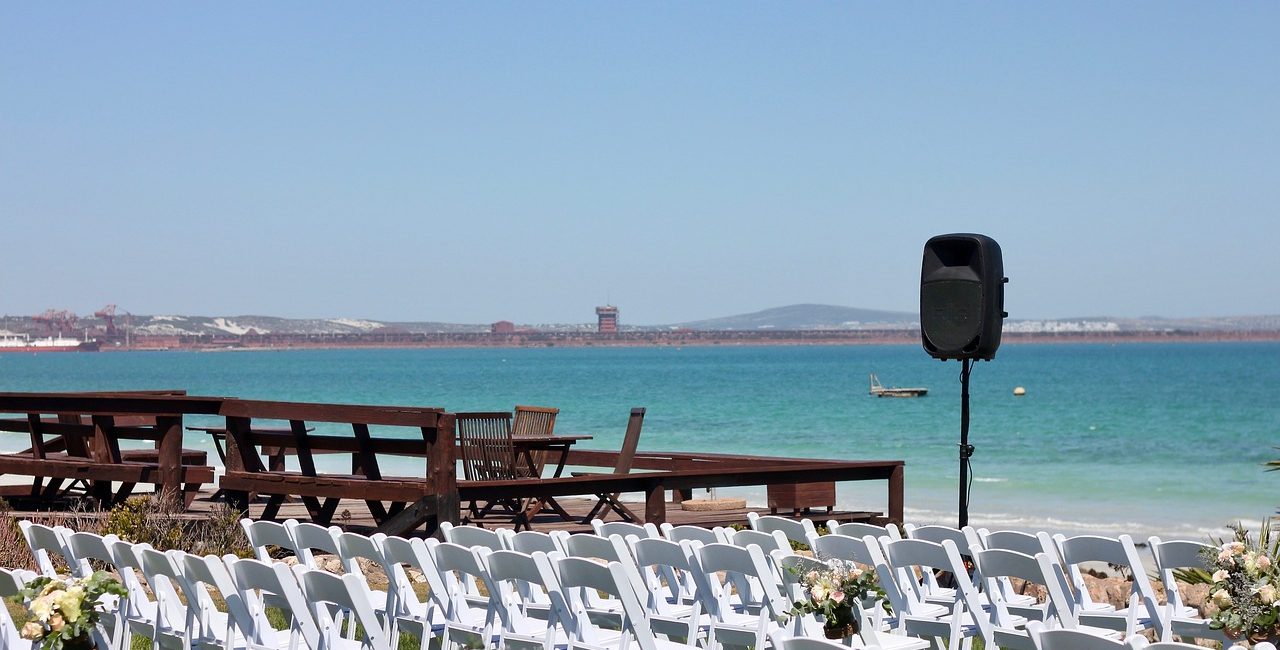
Beach Management
Maintenance of Beaches
Over the years, the Commission recognizing that the beaches around the island are assets to the country, embarked on a sustained programme for the daily cleaning and maintain of approximately sixty (60) beaches, which are used by the general public and visitors alike.
On weekends and public holidays, special arrangements are made, where necessary, for teams of workers to clean the more popular beaches.
Mechanization in respect of the cleaning is minimal and as such, much of the cleaning is done manually due mainly to the actual size of the beach, which makes it uneconomical to mechanically clean the area. Further, access to some of these beaches with equipment would no doubt be very challenging.
Beach Risk Analysis
Beach risk analysis is the potential harm to a beach user, which inherently exists at a particular beach due to the specific characteristics at that beach. It is determined by both natural and anthropogenic parameters such as beach slope, wave height, presence of warning signs, lifeguards, emergency phones etc. on the beach. Utilizing beach change analysis to determine the relative risk at our beaches will assist in management and allocation of resources with respect to beach safety.
Beach Carrying Capacity
Beach carrying capacity is a mathematical determination, which is a result of the available space to be utilized at that specific beach. It can be utilized for conservation purposes and resource allocation. Combined with a beach use study, the NCC will then be able to identify areas, which are being over utilized and put measures in place to ensure that the quality of beaches and the beach experience is not compromised.
Beach Stability Mapping
Beach stability mapping is a graphic representation of the relative accretion and erosion rates of beaches. The Coastal Zone Management Unit collects this information and they have the personnel, hardware, software and data to carryout such an exercise. Beach stability mapping is useful in identifying where accretion and erosion trends are occurring on our beaches in order to put measures in place early enough to lessen impacts as well as to facilitate forward planning.
Communication Planning
Communication planning is the art of ensuring effective dialogue exists between all stakeholders. This is an aspect of beach management, which has been lacking and needs to be addressed. Developing a communication plan and following it closely will ensure that the public as well as the NCC is both well informed about beach management issues in a timely manner and will reduce conflict.
The five (5) above mentioned topics are management tools, which will be useful in ensuring that the recently completed beach management plan will be implemented efficiently and effectively.
Contact
Customer Service: (246) 536-0617 Fax: (246) 5360681
ncc@ncc.gov.bb
specialprojectsoffice@ncc.gov.bb
